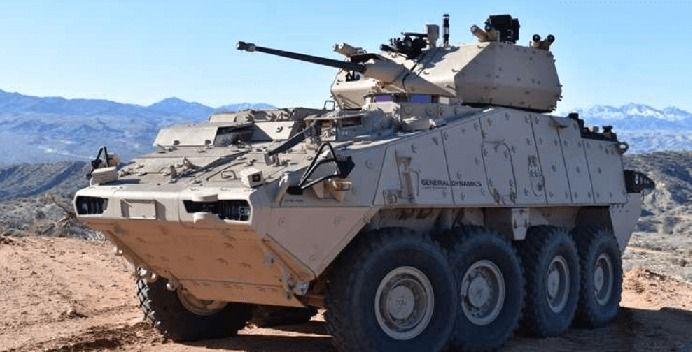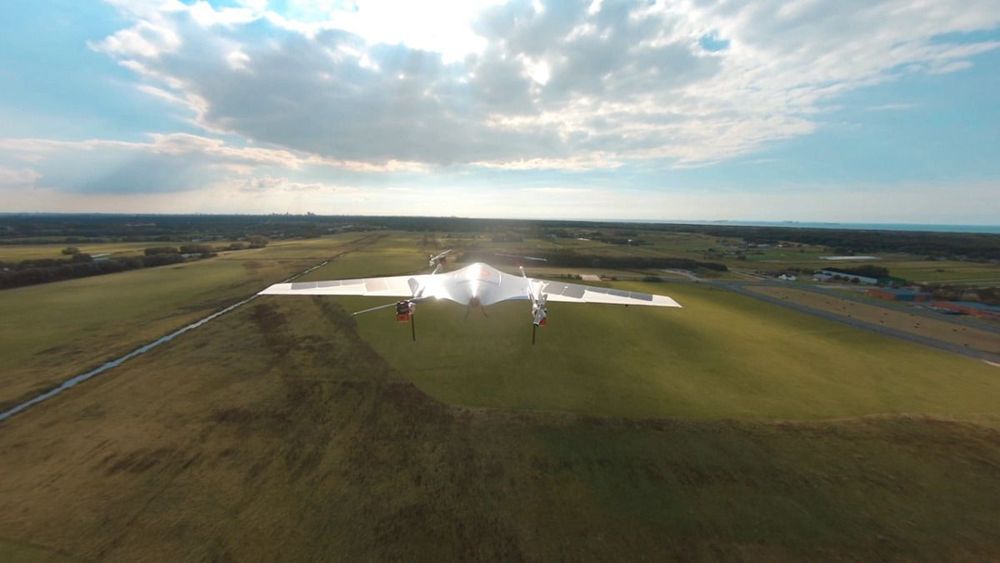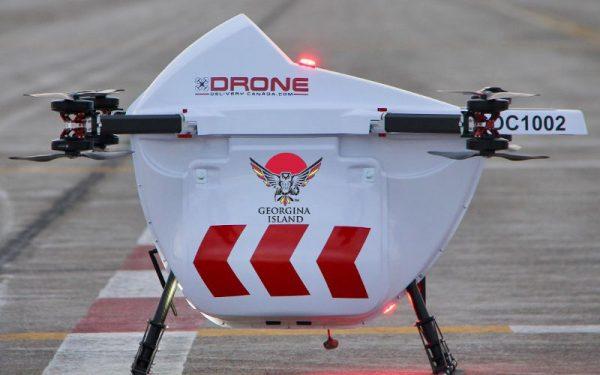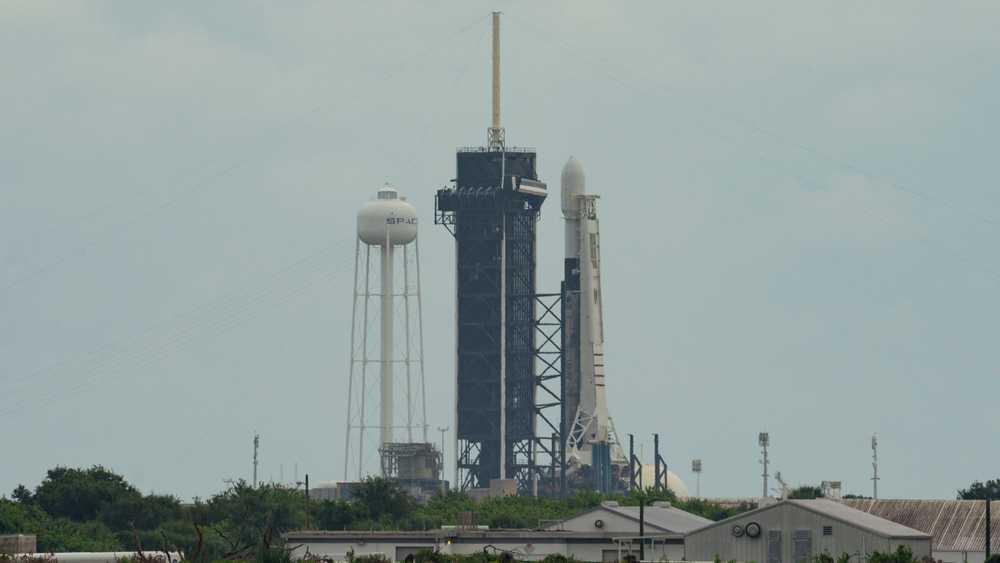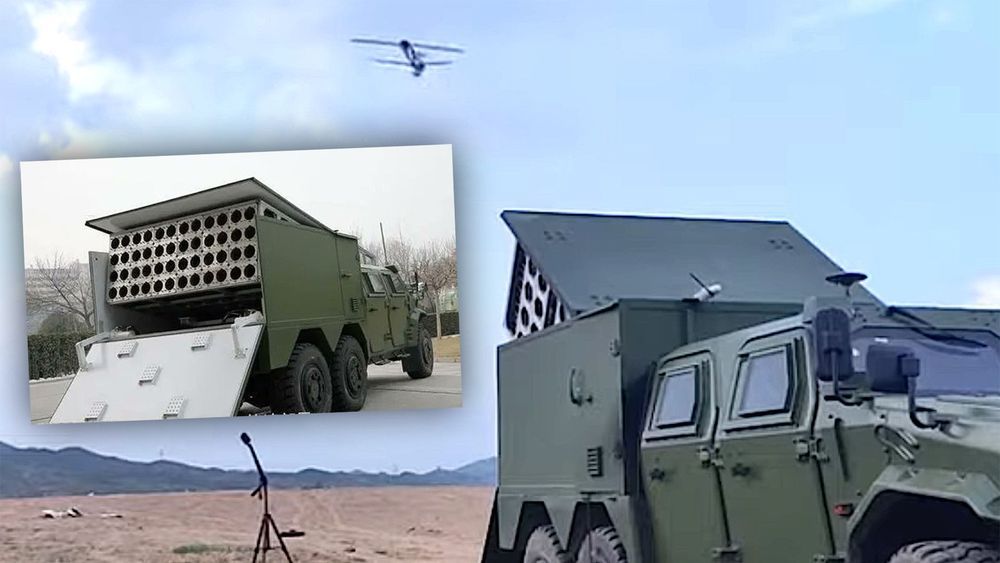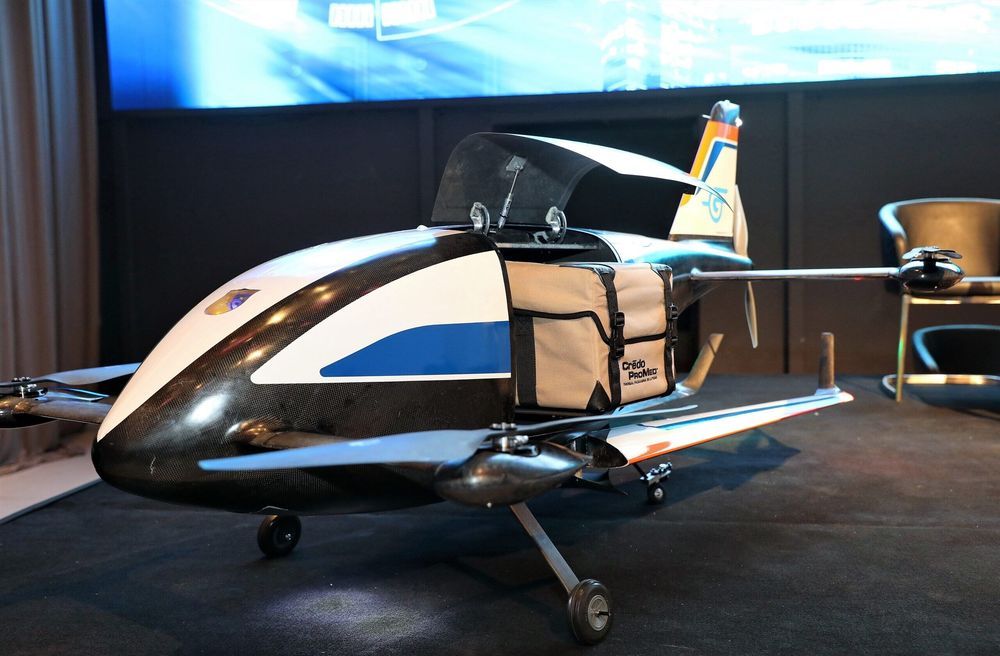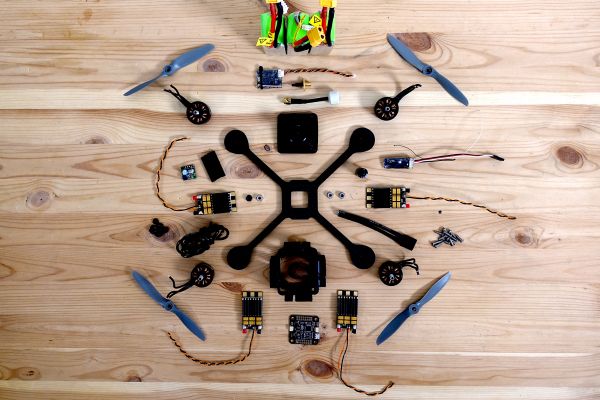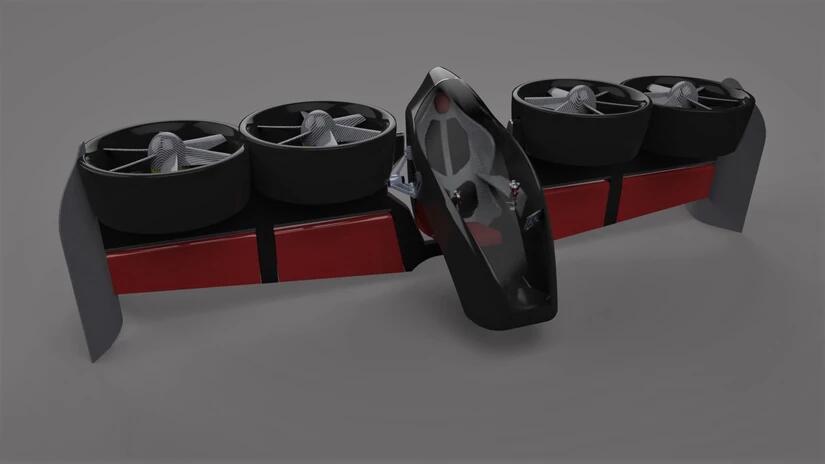
Of all the many eVTOL personal flight machines we’ve seen lately, this one’s caused the most discussion in the now-virtual New Atlas office. The work of a young Canadian company, the Atlas is a 4-rotor manned multicopter design, in which all four of its ducted rotors are inline along a single wing.
My first thought upon seeing it was “why?” Every other design places props on at least four corners, indeed sometimes even more spread out in designs like the Volocopter. That ensures it’s easy to maintain stability in a hover against shifting winds, with the instant torque of the electric motors driving the props able to respond and re-balance the aircraft in fractions of a second.
On second look, though, the Watfly design might have more to it than meets the eye. It’s based upon a less common drone design – the tailsitter – which could confer its own advantages. Tailsitters give you the efficiency advantages of winged flight — and some of the same control surfaces – without a lot of the complexities of many tilt-rotor designs. The whole aircraft tilts once you’re up to speed, and you fly on the wing for the majority of your journey.
